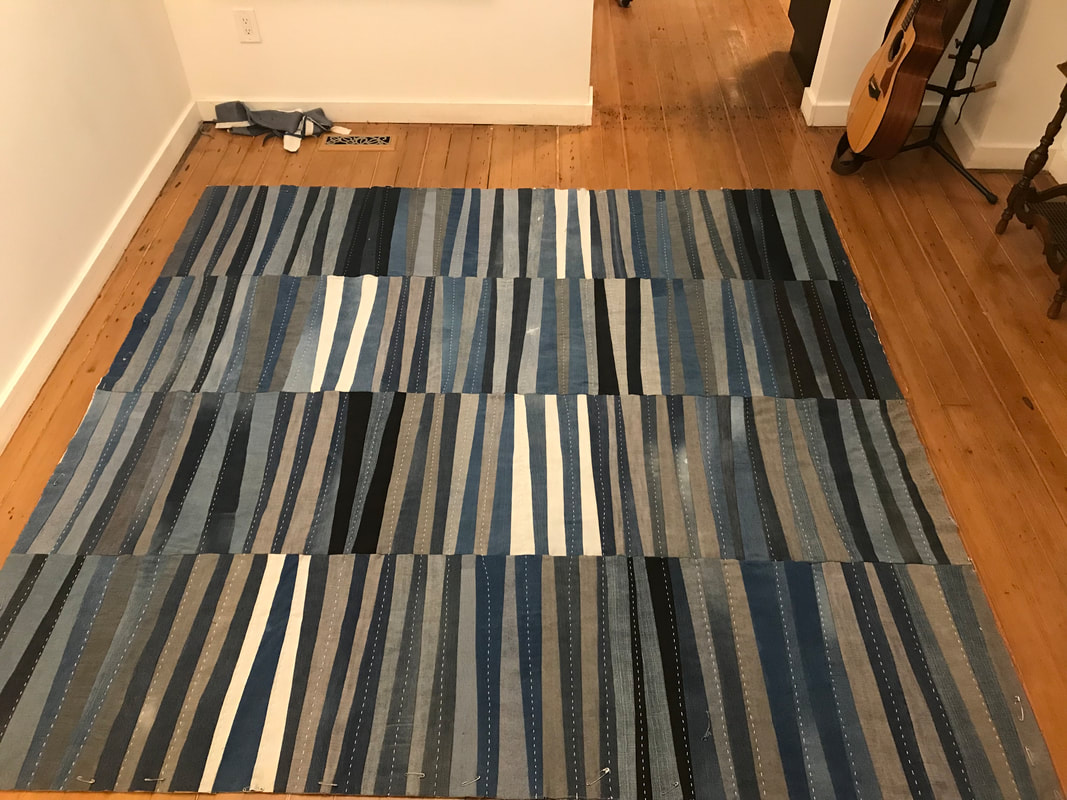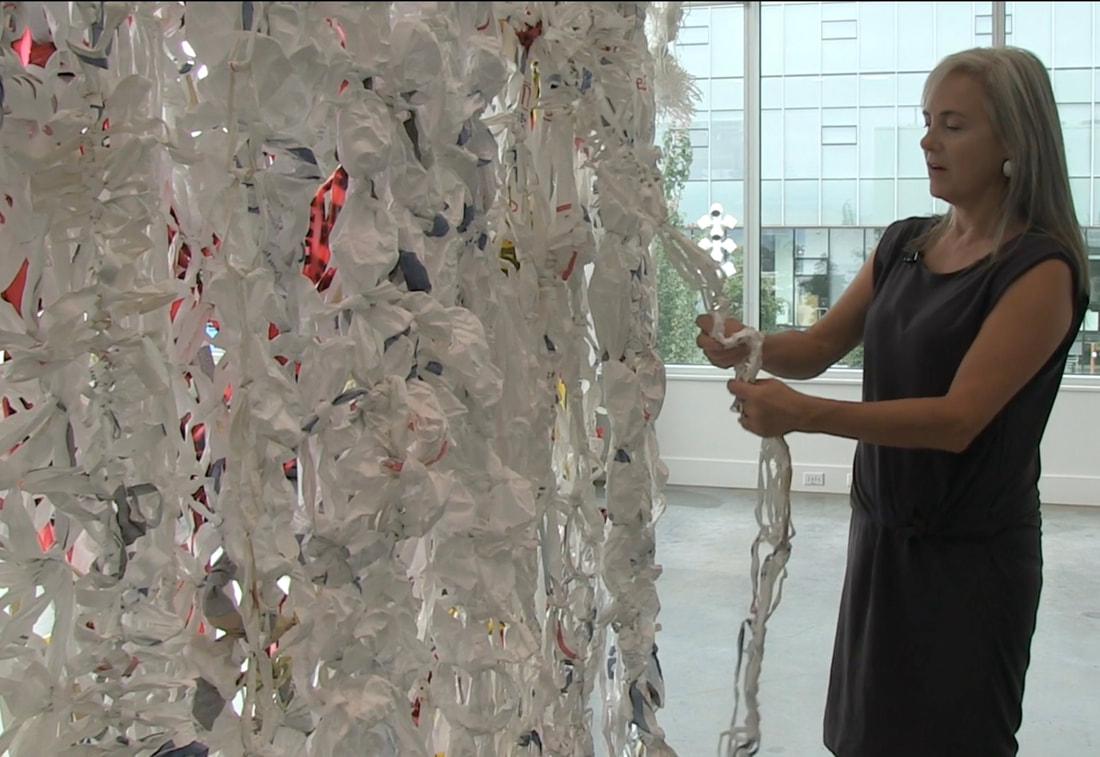
 Click HERE for a 10-minute journey through the methods and motivations behind this MFA thesis. (Film made by Ana Valine, Rodeo Queen Pictures, August 2020)
Everyone is feeling that relentless creep of plastic that is threatening to consume us, the consumers. I felt myself drowning in the tsunami of stuff over this past year of grad studies at Emily Carr University. Art, as one instructor stated, is a wasteful business. Even as I retreated back to my green, pristine Gulf Island I was hit with it at the end of the long drive through forest to the local dump: a mountain of garbage. This, from a small off-grid community known for its environmental consciousness. My art practice is driven by a need to physically grapple with the unfathomable when words are not enough. In the strange way that an idea for an artwork takes hold, that sight of that mountain of petroleum-derived recycling-rejects led to my latest project: Foundlings. For a while I’d been trying to land on a low-barrier, low-skill technique that could involve kids in the making of objects from found, non-recyclable and non-biodegradable materials. Then I landed on the work of late American sculptor Judith Scott, whose many exhibitions of her curious bound and woven fiber/found objects have led to discourse on “outsider” art, disability (she was profoundly deaf, non-verbal, and had severe Down’s Syndrome), intention, new sculpture forms and the privileged art world. Within a month of escaping the art institution I was driving a pickup-truckload of colourful non-recyclable, non-biodegradable bits from the home-grown garbage mountain to the island’s only elementary school. Before we got to the making part I sat down with the students and shared some images of Scott’s work for inspiration. We talked about how this artist’s method of wrapping, binding and weaving fibre around objects adds curiosity to what is on the inside. We talked about how working with familiar objects and materials in unusual ways can lead to new ideas. And we talked about how an object can be terrible and beautiful at the same time, does not have to be a recognizable thing nor have utility. We worked over time on the pieces, some kids on their own and some in groups of two or three, adding even more fibre and found plastic detritus from their year-end trip to the local provincial marine park. On the final day of school I arrived to pick up the final pieces and was astounded at the creations. They were richly textured, humorous and foreboding, and proof of why I collaborate with children: they consistently demonstrate the importance of letting hands and imaginations fly.
They each titled their pieces in their own hand and I installed them for exhibit on forest plinths (moss-covered stumps from the last big clearcut) in time for the annual Arts Fest. With no chance they’ll degrade in the weather they remain there, pretty and pretty disturbing: our inescapable stuff. At first I thought all this must still be debris from the Japan tsunami. But that was eight years ago and the surf in my remote neck of the woods keeps throwing up snarls of monofilament netting, plastic shards, nylon rope, bits of fibreglass hulls, and styrofoam. So much styrofoam. I’ve been collecting up the stuff, inspired by this Gulf island’s own Styrophobe who’s taken on what some would say is a Sisyphean task of removing even the tiny beads of polystyrene from the clefts of rock along the shoreline. My gathering is a tiny, maybe even futile, gesture but I’m giving form to the invisible: the bits and pieces we overlook on the foreshore or in the forest that, when lashed, bound, and woven together demand attention. These small but critical masses of debris are inspired by the found-material sculptures of Judith Scott. As I lash, bind, and weave I think of how the kids in my life would like to be in on this: hunting for material, making form from their hands and imaginations. My gathering requires connecting with others to access materials. The Styrophobe, who’s also the guy in charge of the local dump, stands on the top of the garbage mountain, holding up uncertain objects for my consideration: How’s this? This stuff looks pretty good. Could you use this? In 15 minutes I fill the back of the pickup truck with a curated collection of colourful plastic throwaways: pool noodles, watering cans, yards of orange fencing, jerrycans, twine, tape, cleaning-pad refill boxes, five-gallon buckets and lids. I fill up with purple things, red things, plastics in acid green, electric blue, hazard yellow, and caution orange — all the colours of the petrochemical rainbow. After a lot of material prep (cutting off snags and sharp bits, wiping and washing off surface debris), I haul it to the local school where the kids, teacher and I dive in and play with the unwanted stuff. We have plans and we don’t have a plan, which is the right place to be with material exploration. This is where we learn to work with each material and not against its inherent nature, a great reminder of the futility of forcing solutions. This is where we learn to follow our hands, to work on our own or collectively over days and not minutes, to consider colour, form, and techniques for putting it all together, to create something that resonates with this time and place out of nothing anybody wanted. It’s an important start for the generation that will be forced to deal with this legacy of stuff long after the plastic-agers die off. |
Sharing on the creative process in long-form writing feels like dog-paddling against the tsunami of disinformation, bots, scams, pernicious sell sites and other random crap that is the internet of today. But I miss that jolt of inspiration from artists sharing their work, ideas and related experiences in personal, non-marketing blogs, so I'm doing my part.
browse by topic:
All
Archives
June 2024
|
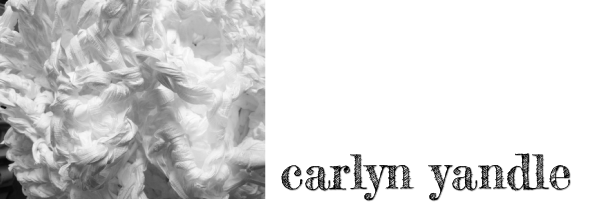
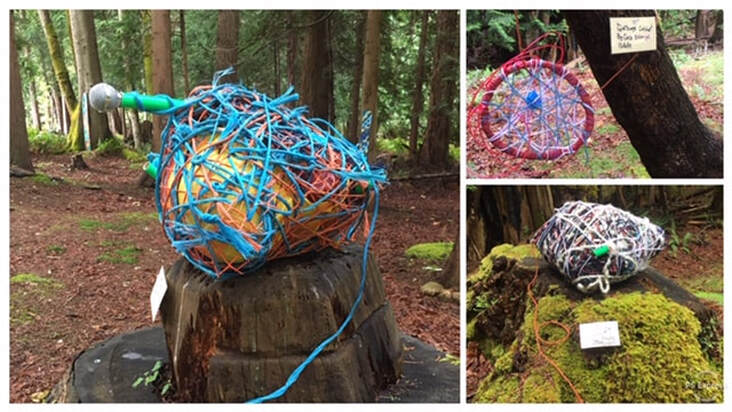
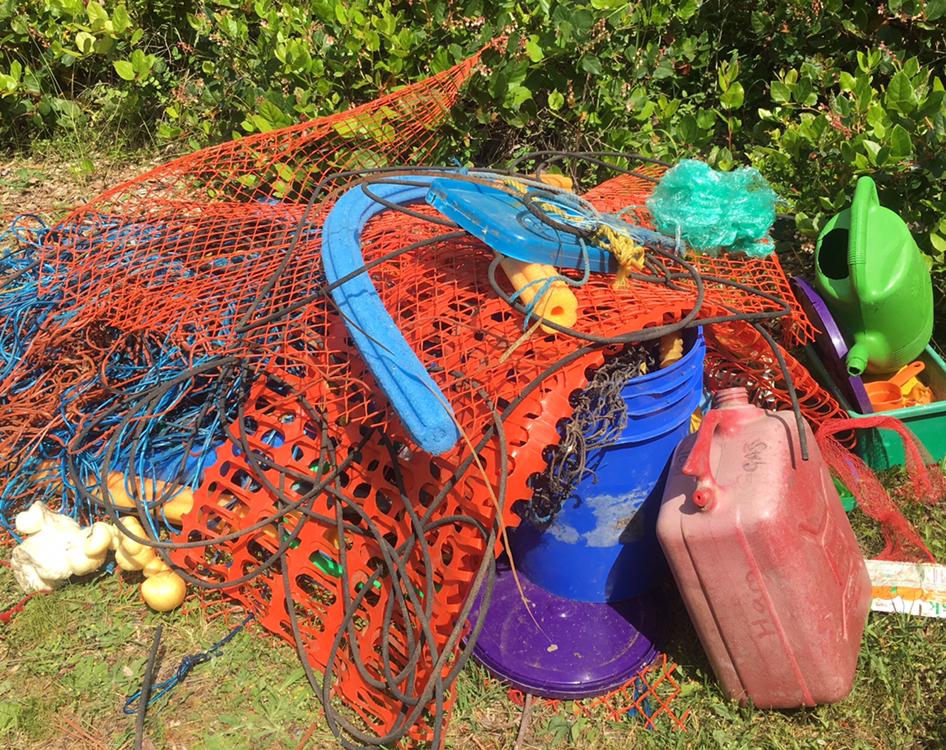
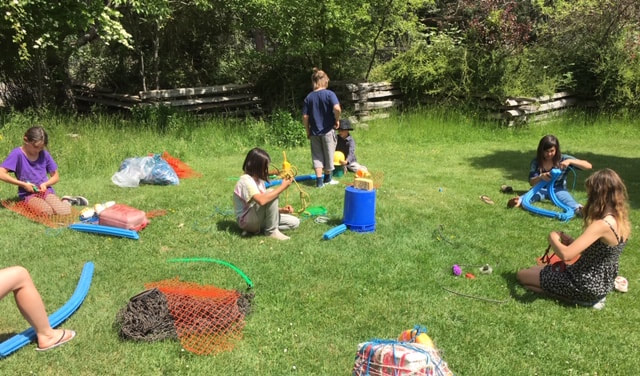
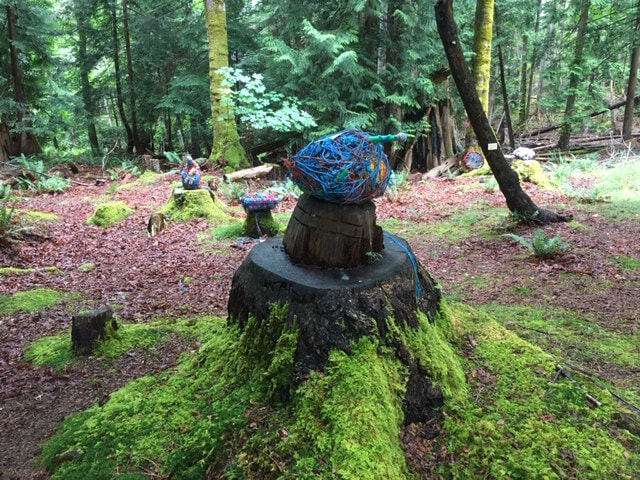
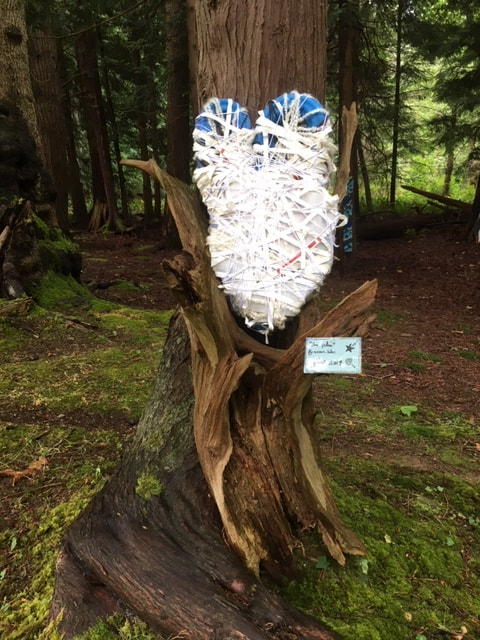
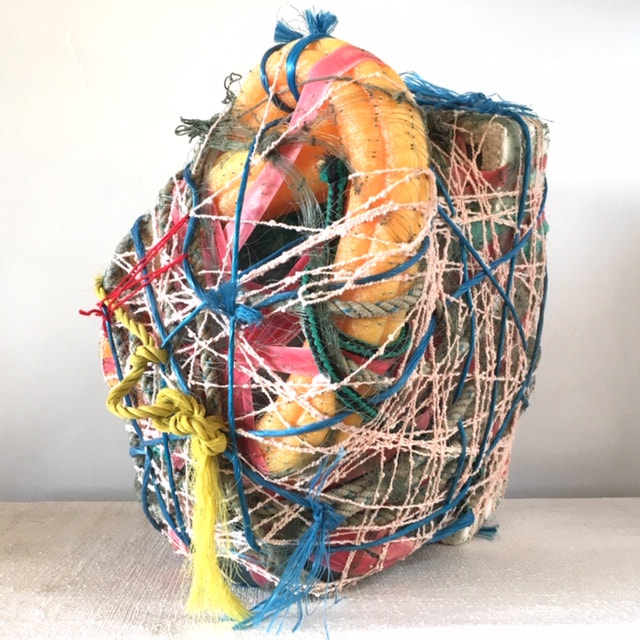
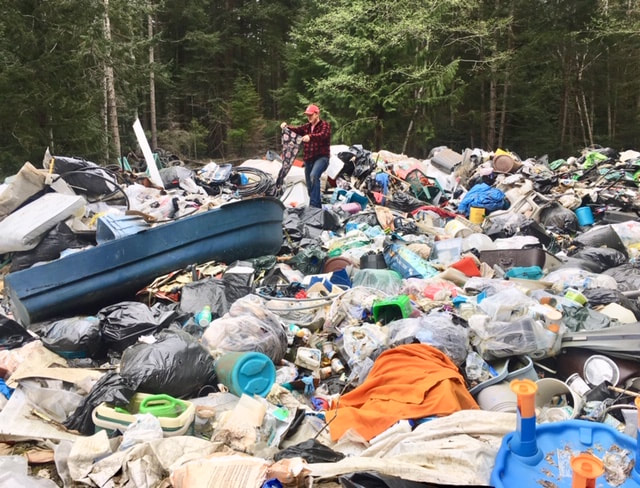
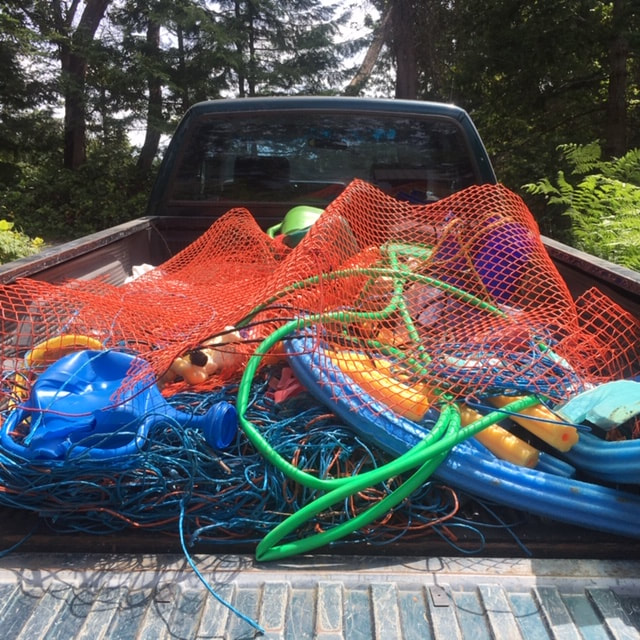
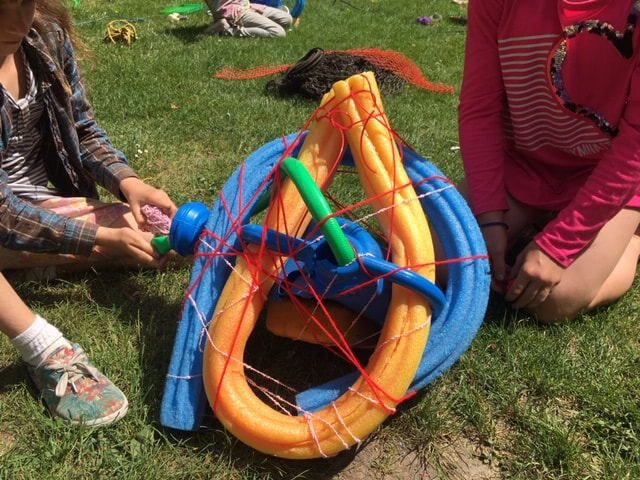
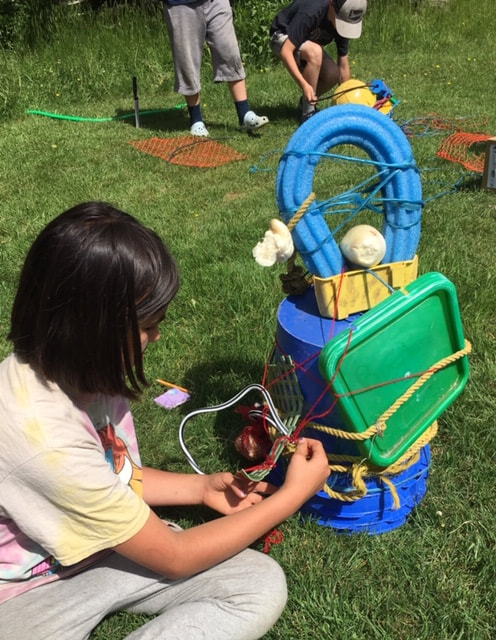
 RSS Feed
RSS Feed

